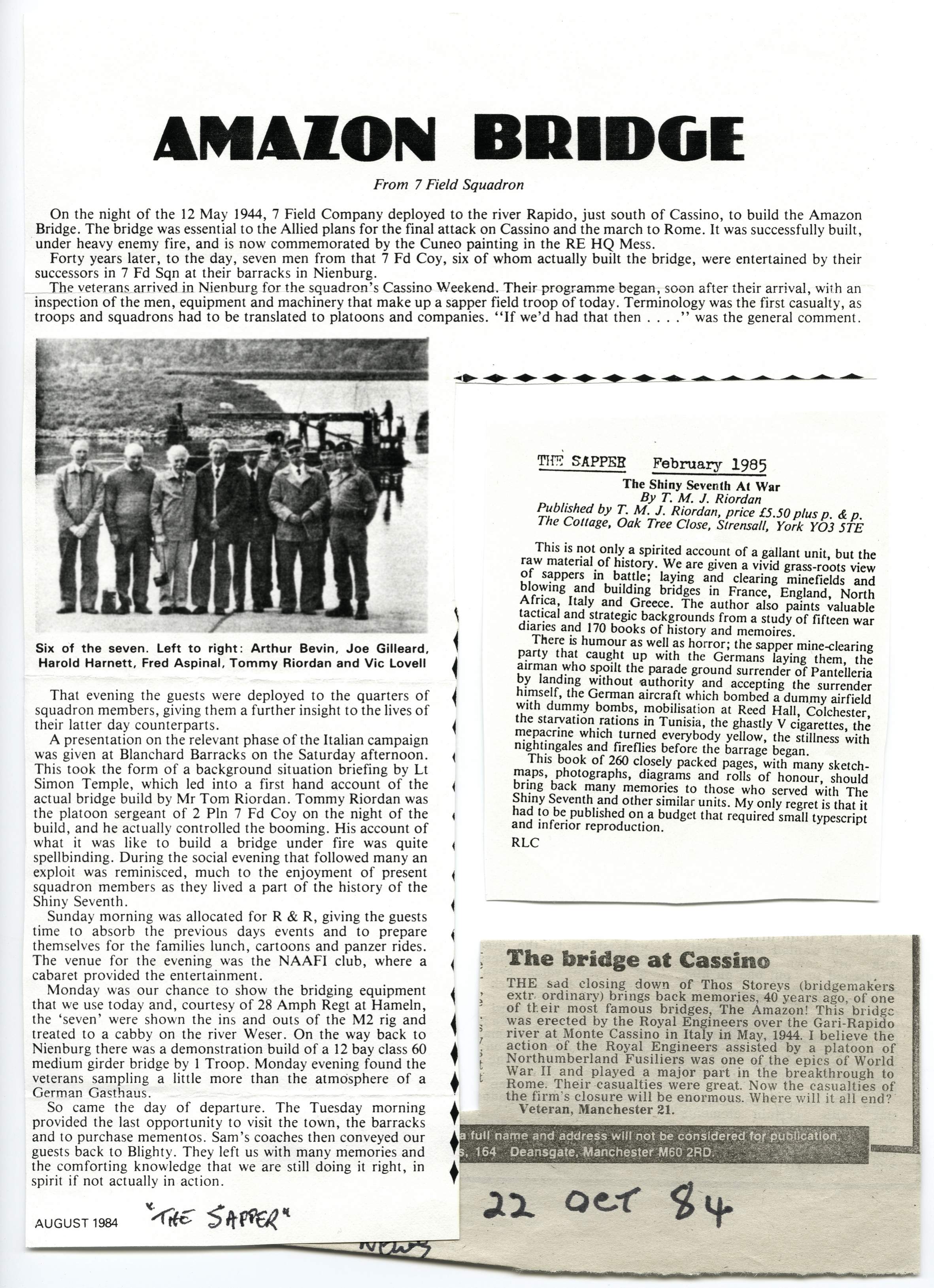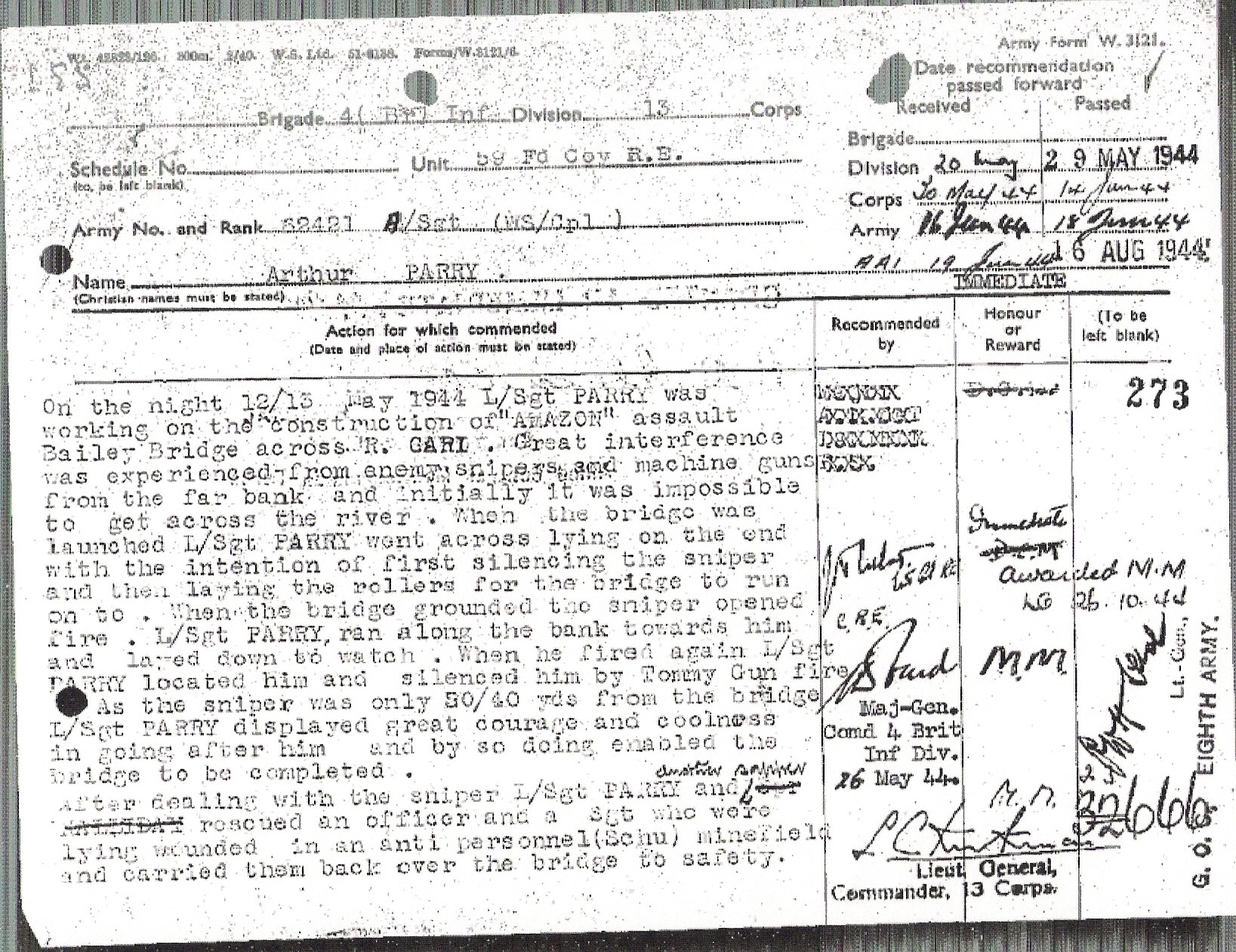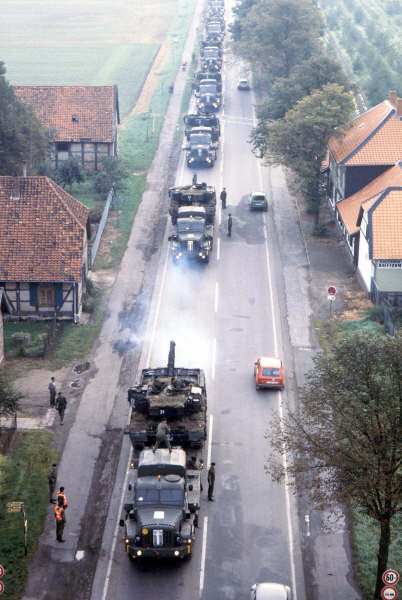
Heavy ferry class 80 ferrying an AEC ten tonner
The Bailey Bridge
When U.S. Combat Engineers arrived in England during World War Two, they were introduced to the Bailey Bridge System. The bridge components were invented in 1939 by Sir Donald Bailey, an obscure civil servant in the British War Office. As an engineering hobby, Bailey experimented with model bridges and their assembly. He hit upon the idea of using pre-engineered panels that could be combined in such a way to produce a 40 ton weight limit bridge (40 tons being the heaviest tank in the allied arsenal).
Bailey Bridges
American Engineers, accustom to building with wood, at first called the jumble of steel panels, braces and pins "scrap iron". As they began to learn the assembly techniques, they referred to the bridge components as a "man-sized Erector set". As troops practiced assembly, they became familiar with the simplicity of the components and understood how quickly a bridge could be assembled and placed. It was not unusual for Engineers to build and place a 60' Bailey bridge in less than 4 hours. By the end of the war, Eisenhower claimed the Bailey Bridge as one of the three pieces of equipment that most contributed to victory in Europe.
Once the length of the required bridge was determined, a chart showed engineers what combination of 5' x 10' panels were necessary to carry the required 40 ton load. A single panel bridge was known as a "single-single". Two panels pinned together side-by-side was a "double-single", and three panels side-by-side was a triple-single. Panels could also be pinned one on top of the other, to create a "single-double", a "double-double", or even a "triple-double".
Panels were assembled into "bays", which were complete 10' bridge sections. Additional bays were pinned together until the required length was reached, then additional counter-balance sections were added and the complete bridge was "launched" on rollers across the gap. The individual components were light enough to be handled and assembled by engineer troops without the need of a crane. In most cases, the bridge was launched across the gap by engineer troops using only ropes and pulleys.
The amazing thing about the Bailey Bridge is the fact that while the bridge was designed to be only a temporary solution to span a gap, there are many bridges that were emplaced during the war that are still in use today. More amazing is the fact that the same Bailey Bridge design, with minor changes to allow for heavier loads, is still in use by Combat Engineers and civilian contractors around the world. Highway departments use Bailey Bridges to make emergency repairs to damaged bridges, while logging and mining companies use Baileys to span gaps on their temporary haul roads.
Bailey Bridge components are still manufactured today by Bailey Bridge, Inc. in Fort Payne, Alabama. Bailey Bridge, Inc. can supply new bridge parts, refurbished M2 bridge parts, complete bridge systems, and engineering and installation help.
When U.S. Combat Engineers arrived in England during World War Two, they were introduced to the Bailey Bridge System. The bridge components were invented in 1939 by Sir Donald Bailey, an obscure civil servant in the British War Office. As an engineering hobby, Bailey experimented with model bridges and their assembly. He hit upon the idea of using pre-engineered panels that could be combined in such a way to produce a 40 ton weight limit bridge (40 tons being the heaviest tank in the allied arsenal).
Bailey Bridges
American Engineers, accustom to building with wood, at first called the jumble of steel panels, braces and pins "scrap iron". As they began to learn the assembly techniques, they referred to the bridge components as a "man-sized Erector set". As troops practiced assembly, they became familiar with the simplicity of the components and understood how quickly a bridge could be assembled and placed. It was not unusual for Engineers to build and place a 60' Bailey bridge in less than 4 hours. By the end of the war, Eisenhower claimed the Bailey Bridge as one of the three pieces of equipment that most contributed to victory in Europe.
Once the length of the required bridge was determined, a chart showed engineers what combination of 5' x 10' panels were necessary to carry the required 40 ton load. A single panel bridge was known as a "single-single". Two panels pinned together side-by-side was a "double-single", and three panels side-by-side was a triple-single. Panels could also be pinned one on top of the other, to create a "single-double", a "double-double", or even a "triple-double".
Panels were assembled into "bays", which were complete 10' bridge sections. Additional bays were pinned together until the required length was reached, then additional counter-balance sections were added and the complete bridge was "launched" on rollers across the gap. The individual components were light enough to be handled and assembled by engineer troops without the need of a crane. In most cases, the bridge was launched across the gap by engineer troops using only ropes and pulleys.
The amazing thing about the Bailey Bridge is the fact that while the bridge was designed to be only a temporary solution to span a gap, there are many bridges that were emplaced during the war that are still in use today. More amazing is the fact that the same Bailey Bridge design, with minor changes to allow for heavier loads, is still in use by Combat Engineers and civilian contractors around the world. Highway departments use Bailey Bridges to make emergency repairs to damaged bridges, while logging and mining companies use Baileys to span gaps on their temporary haul roads.
Bailey Bridge components are still manufactured today by Bailey Bridge, Inc. in Fort Payne, Alabama. Bailey Bridge, Inc. can supply new bridge parts, refurbished M2 bridge parts, complete bridge systems, and engineering and installation help.
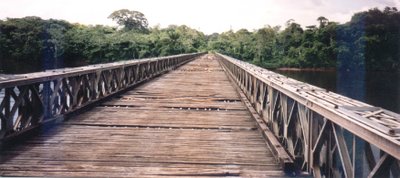
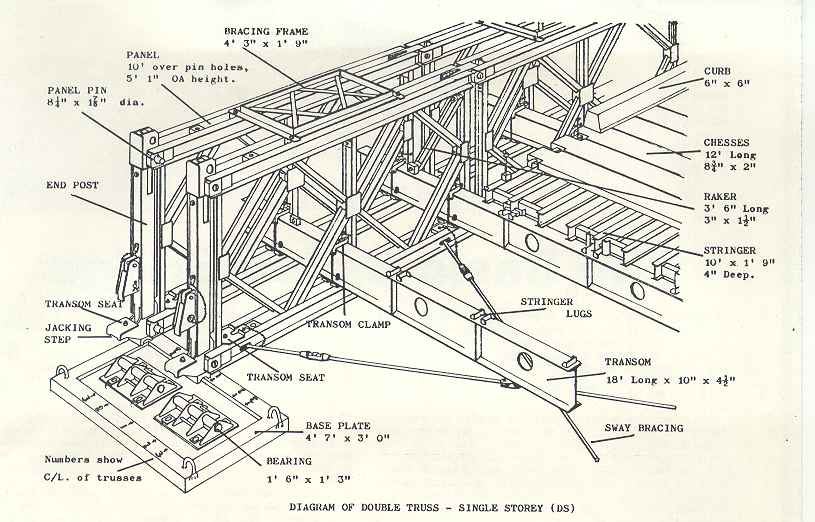
Bailey the later years
Sir Donald Bailey & Phyllis Bailey, c. 1960
In 1943 Bailey was awarded the O.B.E. and was knighted in 1946 for his valuable contribution to the Allied victory. The same year he also received an Honorary Degree of Doctor of Engineering (Sheffield University). In 1947, he was made a Commander of the Order of Orange Nassau in recognition of the part Bailey bridges played in the reconstruction of Holland.
Bailey retired from the Military Engineering Experimental Establishment (MEXE), Christchurch in 1962 and was appointed Dean of the Royal Military College of Science, Shrivenham. After four successful years in this post, he suffered his first stroke and retired. He returned to the Christchurch area in 1966 where he lived until his death on 4 September 1985 in Bournemouth.
Sir Donald Bailey & Phyllis Bailey, c. 1960
In 1943 Bailey was awarded the O.B.E. and was knighted in 1946 for his valuable contribution to the Allied victory. The same year he also received an Honorary Degree of Doctor of Engineering (Sheffield University). In 1947, he was made a Commander of the Order of Orange Nassau in recognition of the part Bailey bridges played in the reconstruction of Holland.
Bailey retired from the Military Engineering Experimental Establishment (MEXE), Christchurch in 1962 and was appointed Dean of the Royal Military College of Science, Shrivenham. After four successful years in this post, he suffered his first stroke and retired. He returned to the Christchurch area in 1966 where he lived until his death on 4 September 1985 in Bournemouth.
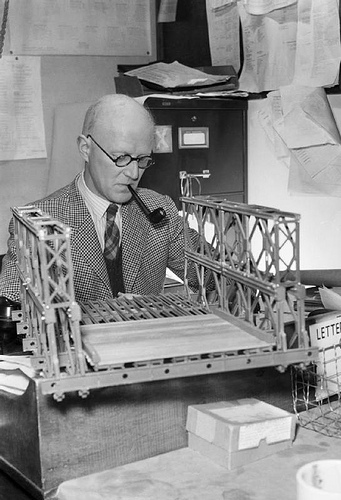
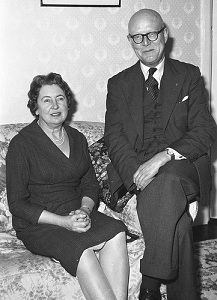
D C Bailey, pipe in mouth, sits in his office and examines the model of a Bailey bridge which is resting on his desk
The Bailey bridge was described by General Eisenhower as one of the three most important engineering and technological of WWII, along with radar and the heavy bomber.
…one of the three pieces of equipment that most contributed to our victory in Festung Europa
Churchill was equally effusive and Montgomery wrote after the war.
Bailey bridging made an immense contribution towards ending World War II. As far as my own operations were concerned, with the Eighth Army in Italy and with the 21 Army Group in Northwest Europe, I could never have maintained the speed and tempo of forward movement without large supplies of Bailey bridging.
Without the Bailey Bridge, we should not have won the war. It was the best thing in that line that we ever had.
…one of the three pieces of equipment that most contributed to our victory in Festung Europa
Churchill was equally effusive and Montgomery wrote after the war.
Bailey bridging made an immense contribution towards ending World War II. As far as my own operations were concerned, with the Eighth Army in Italy and with the 21 Army Group in Northwest Europe, I could never have maintained the speed and tempo of forward movement without large supplies of Bailey bridging.
Without the Bailey Bridge, we should not have won the war. It was the best thing in that line that we ever had.
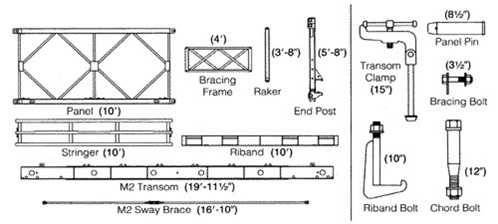
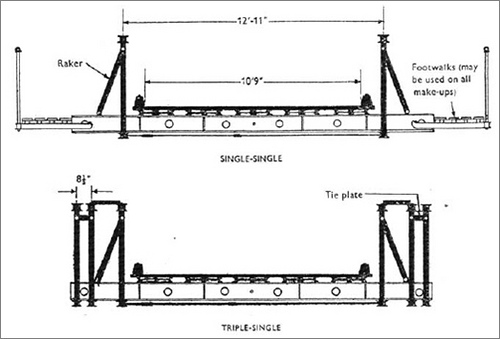
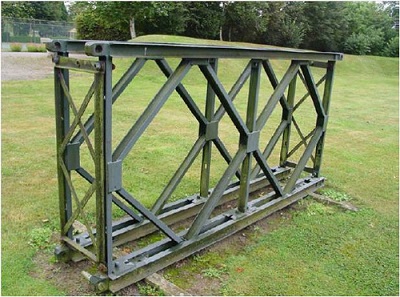
The panels and transoms were joined together on a roller, a launching nose attached to the front and the whole assembly pushed or boomed over the gap, locked and jacked down off the rollers and onto the base plate, the rollers being removed as part of the process. The decking and other elements were then completed.
The launching nose was the lightest section of the bridge, consisting of the side panels but without the roadbed and angled upward to compensate for the inevitable dropping downward of the bridge as it expanded across the gap, this was particularly ingenious and vital when a crane on the far bank was not available.
The rest of the bridge provided a counterbalance to prevent it failing into the gap as it was pushed ‘towards the gap’
The launching nose was the lightest section of the bridge, consisting of the side panels but without the roadbed and angled upward to compensate for the inevitable dropping downward of the bridge as it expanded across the gap, this was particularly ingenious and vital when a crane on the far bank was not available.
The rest of the bridge provided a counterbalance to prevent it failing into the gap as it was pushed ‘towards the gap’
The Bailey bridge was designed for construction and launching by hand and this would be deemed to be the normal method
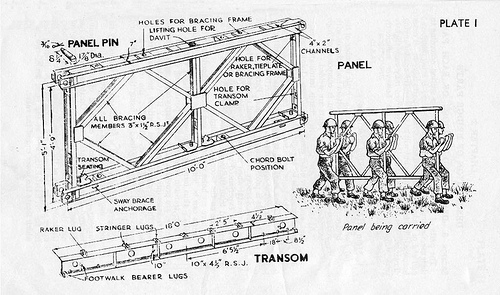
Antar convoy carrying tanks in BAOR
Achmer Airfield 1945 Aerial photo of the bomb damage
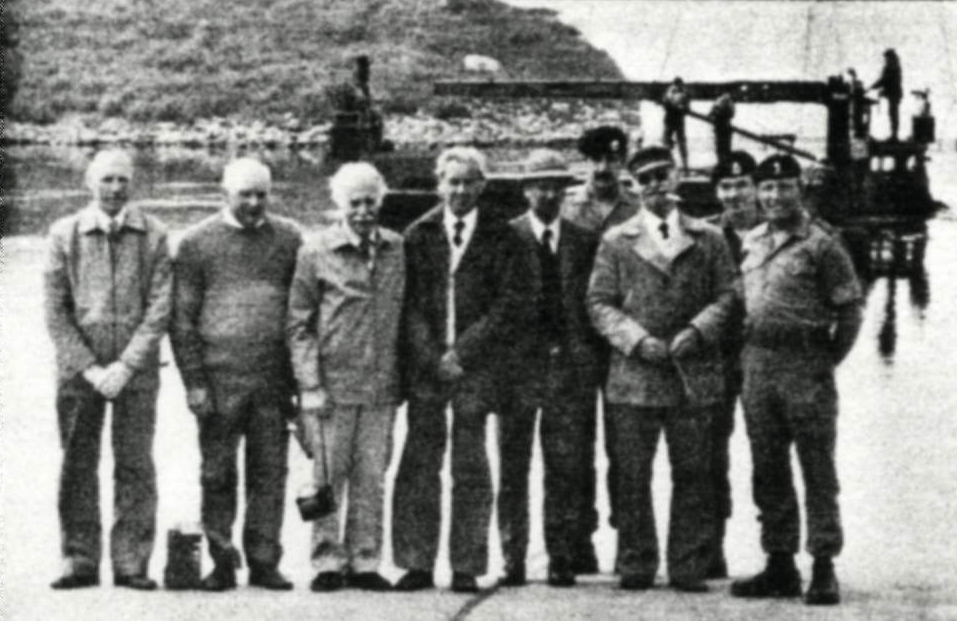
The Shiny 7 Amazon Bridge Veterans visiting 7 Fd Sqn in 1984 on the 40th anniversary.
From L-R, Arthur Bevin, Joe Gilleard, Harold Harnett, Fred Aspinal, Tommy Riordan and Vic Lovell
From L-R, Arthur Bevin, Joe Gilleard, Harold Harnett, Fred Aspinal, Tommy Riordan and Vic Lovell
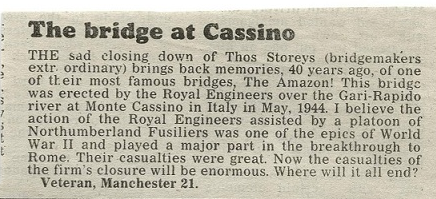
Bailey bridge being launched
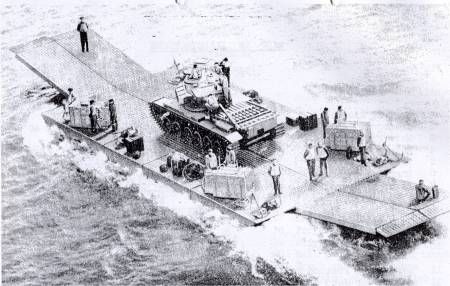
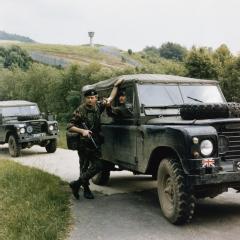
Border Patrol BAOR
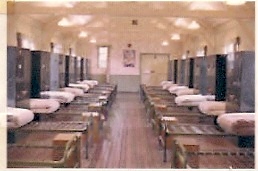
A room ready for inspection as it was in training regiment
More nostalgia to follow. If you have any suitable material for this page then please forward it to me and we can all share and enjoy it.
Many thanks
georgecowie103@yahoo.co.uk
Many thanks
georgecowie103@yahoo.co.uk
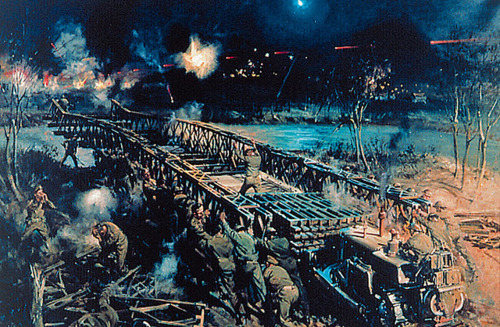
Humber Pig with water Bowser
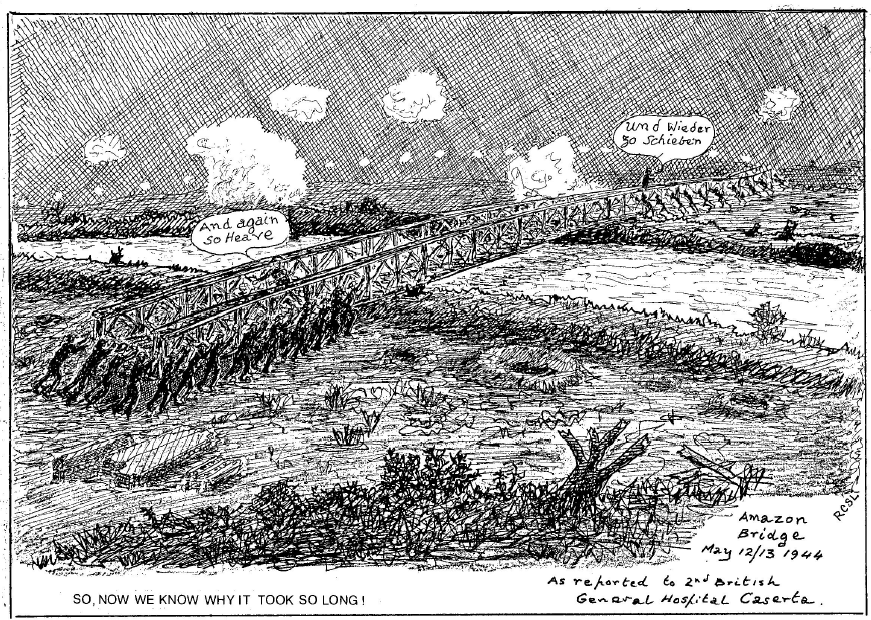
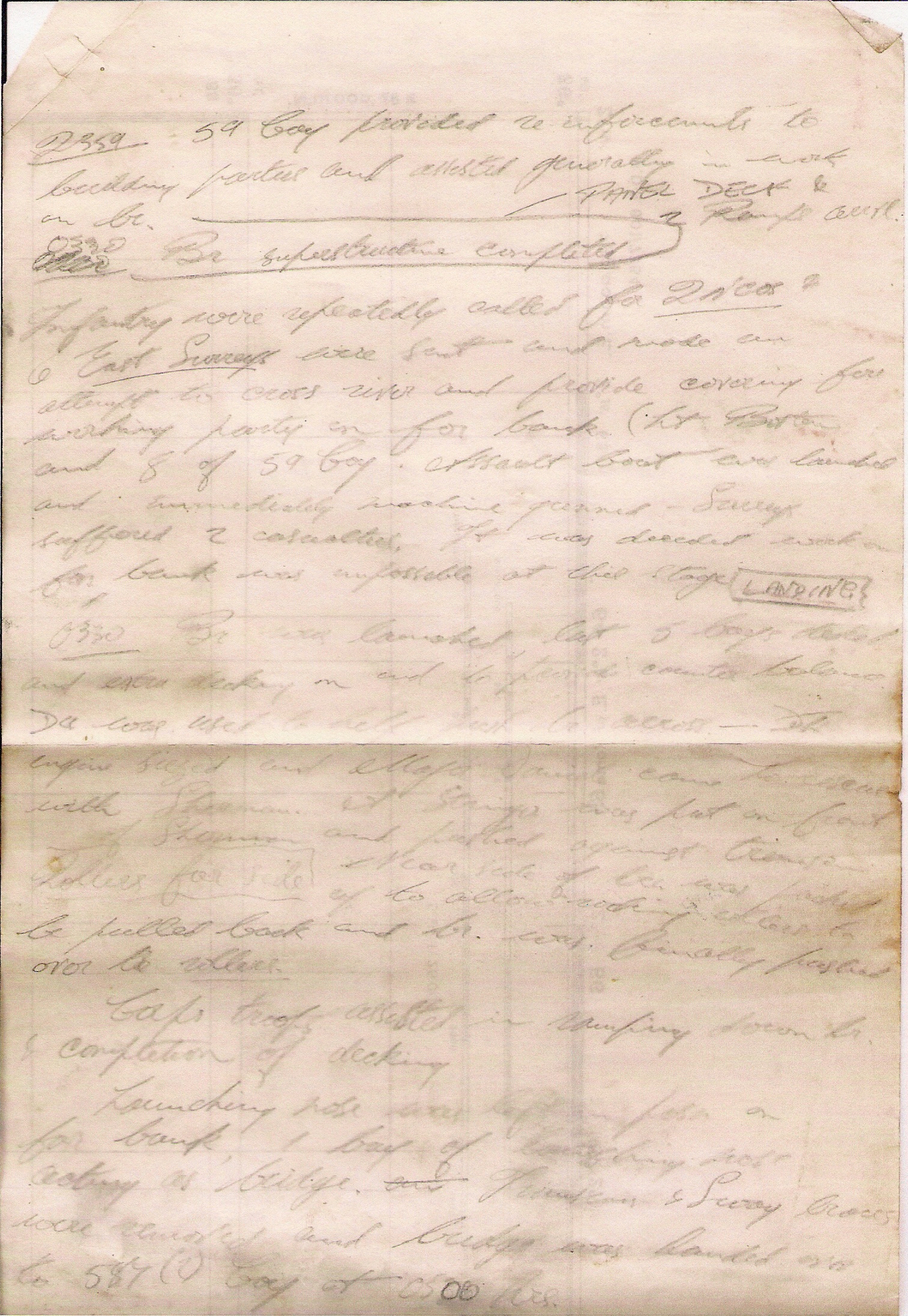
Lt Hobson's hand written notes below with kind permission Peter Hobson
The hand written notes below have been donated to the IWM
The hand written notes below have been donated to the IWM
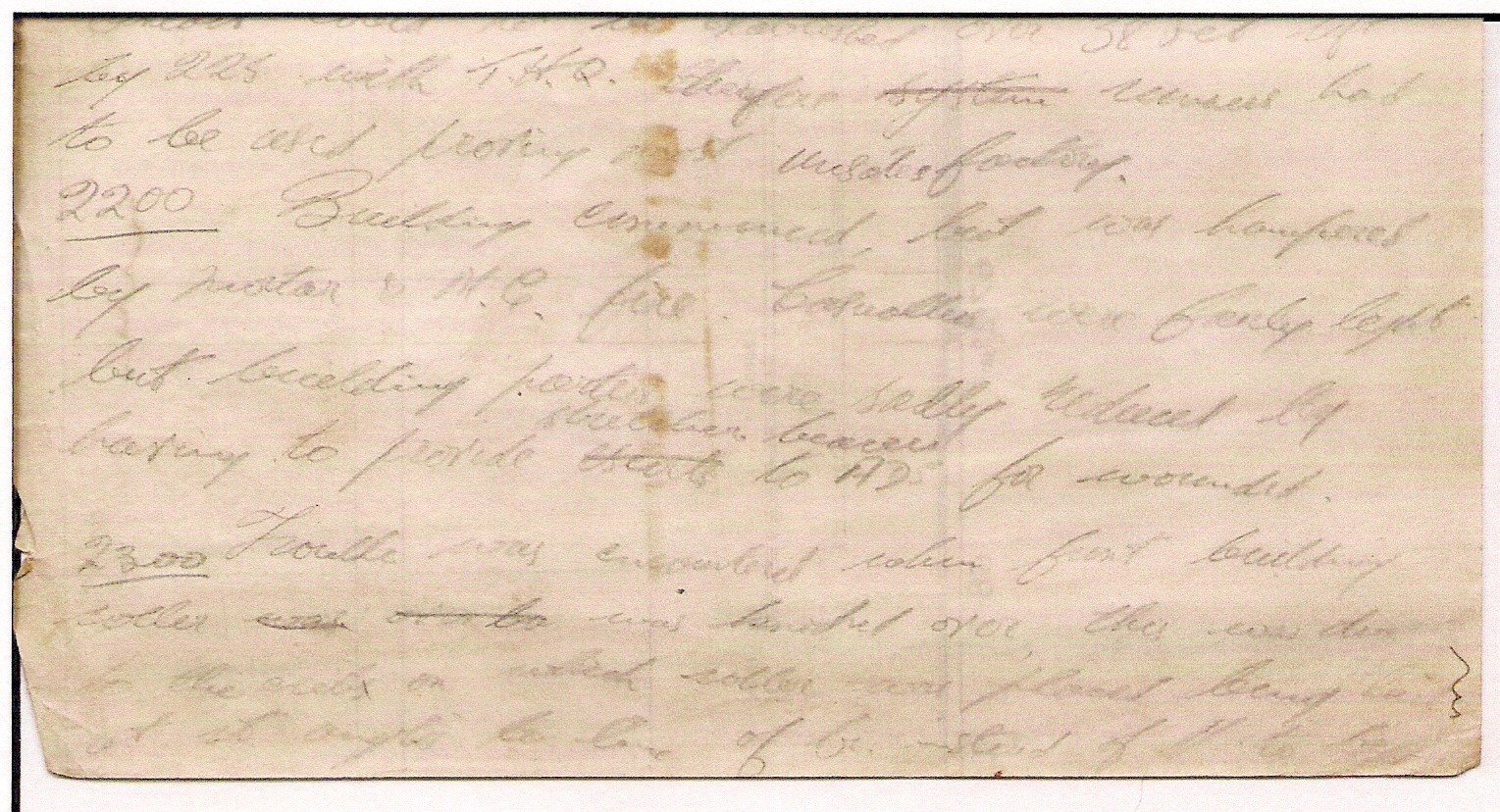
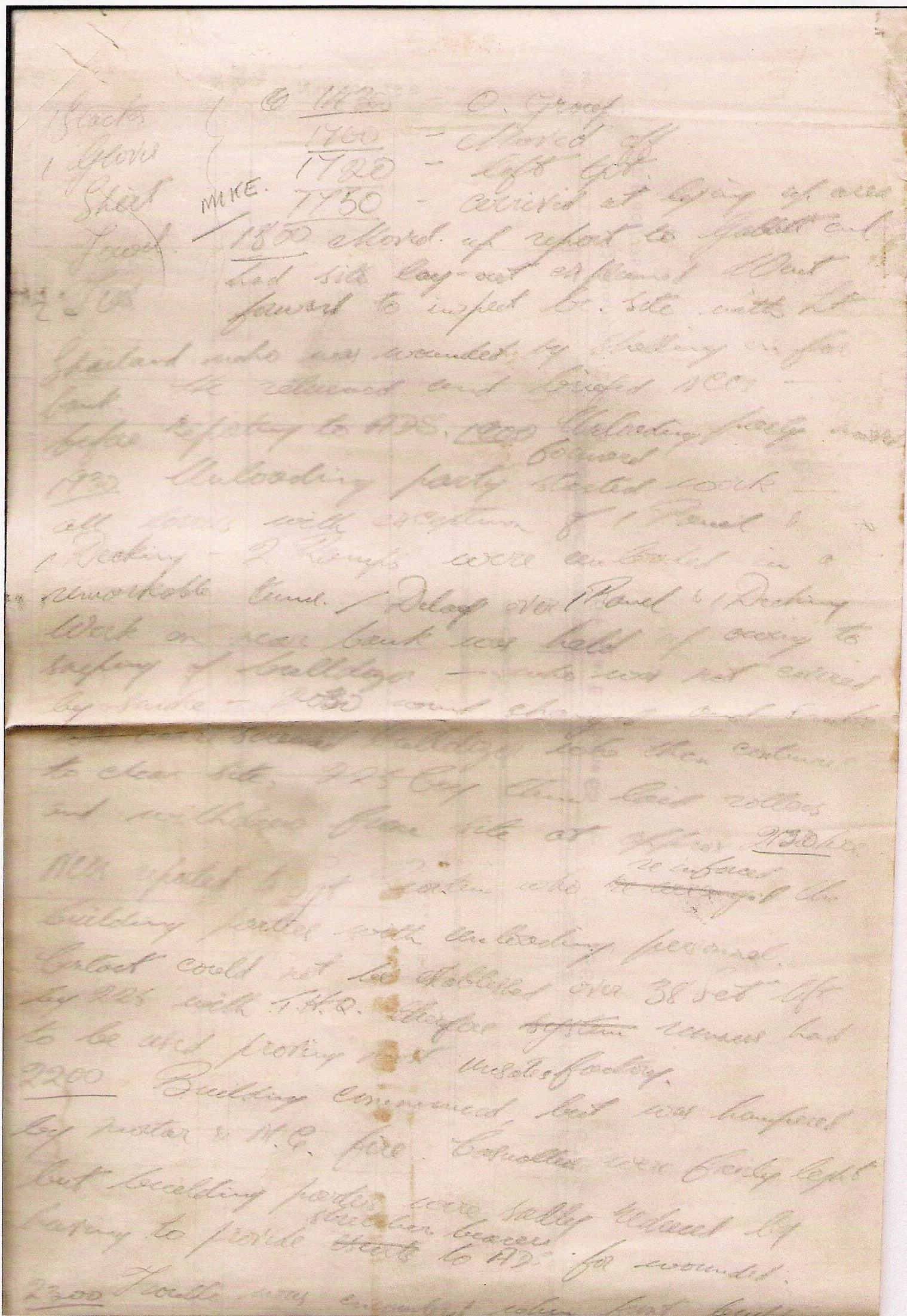
Below Military Medal Citation for Sgt Parry of 59 Field Company RE for his gallant deeds whilst working on the Amazon Bridge with The Shiny 7 12/13 May 1944
Click on thumbnail
Click on thumbnail
Joe Gilleard standing at the grave of fellow Shiny Sevener, Spr Thomas Moore known to his mates as 'Pony' who was killed on the Congo Bridge first attempt 12 May 1944. Joe was a sapper in Shiny 7 and was on the bridge from start to completion. The photo was taken CWGC Cassino in 2004
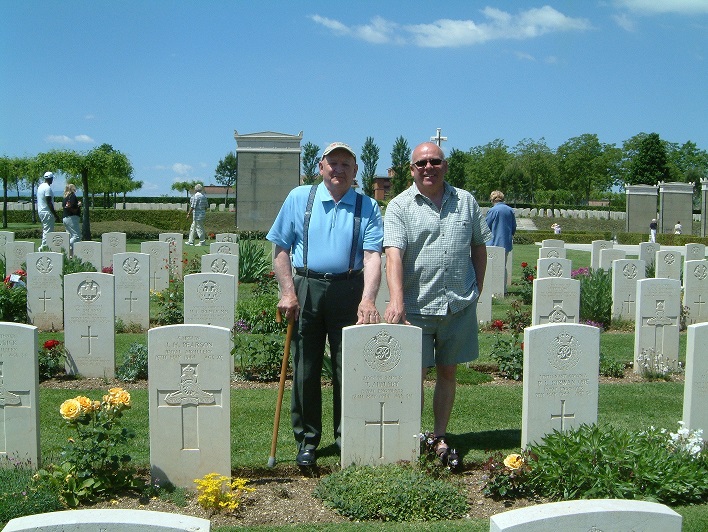
Joe with his son Ronald by the grave of another Shiny Sevener, Spr Thomas Appleby, known to his mates as 'Doc' as he was also a medic. He was one of the two Sappers from 7 Company RE killed on the Amazon Bridge 12 May 1944
Photos courtesy Ron Gilleard

Shiny Seven Nostalgia Page
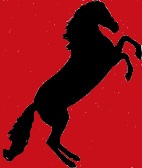

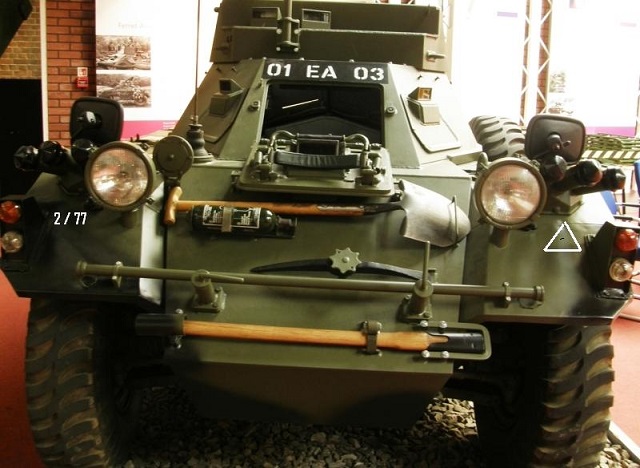
Former Shiny 7 Ferret
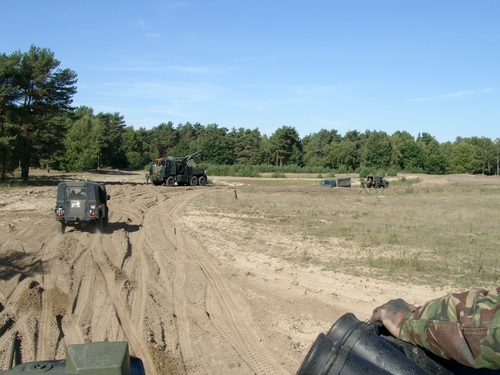
Achmer Training Ground
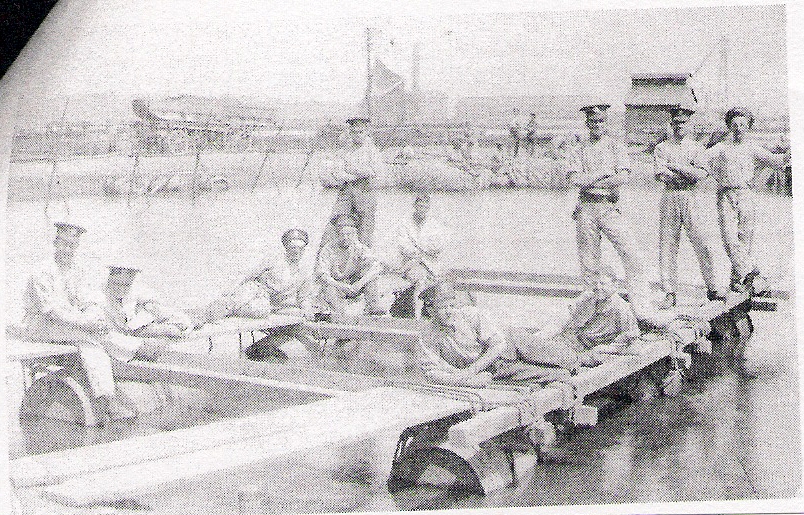
This photo was with Spr J.E.Daniel's diary 1914-15. It is probably 7 Coy at a bridge camp some time before 1915
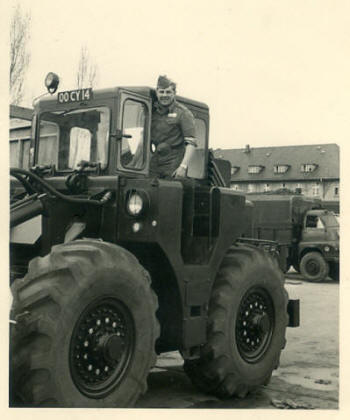
Gainsborough Tractor
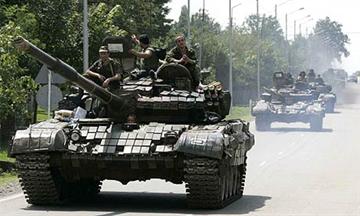
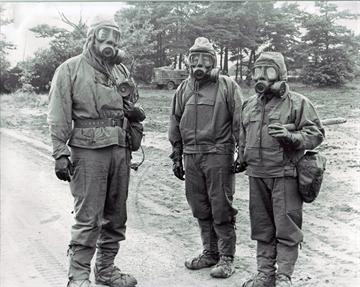
Remember the Cold War? Soviet tanks in East Germany
Respirators and Noddy Suits
Reunited: Fred Harris (L) shares a pint with General Sir Hugh Beach 70 years after saving his life.
General Sir Hugh Beach GBE, KCB, MC
was based in Roberts Barracks
as the CRE of 2 Division Engineers 1966/67
was based in Roberts Barracks
as the CRE of 2 Division Engineers 1966/67
Click to play
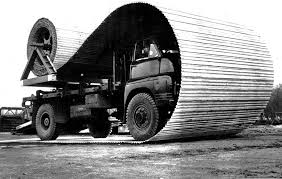
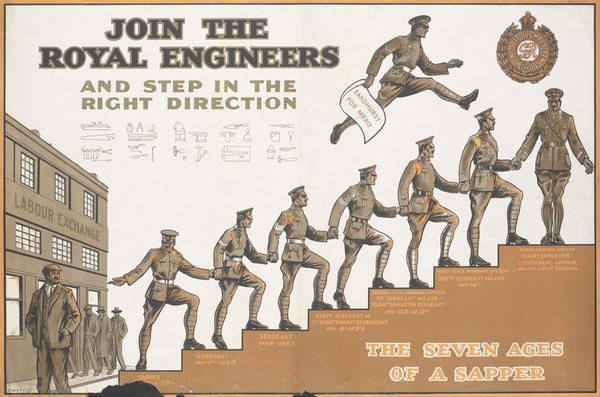
WW1 Sappers, note the bedpacks and water bottle. The same water bottles were issued in the 1960s
History of BAOR
Bridging Training Ground, Training Regt, Southwood Camp, Cove 1964
7 Field Company Re-union Board used in earlier reunions
Main Gate Training Regt Southwood Camp, Cove 1964

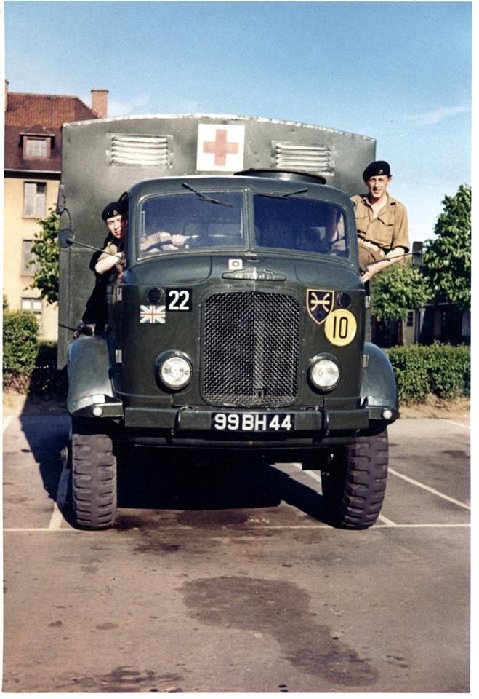
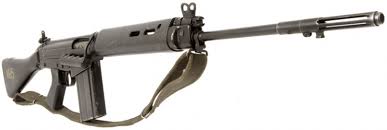
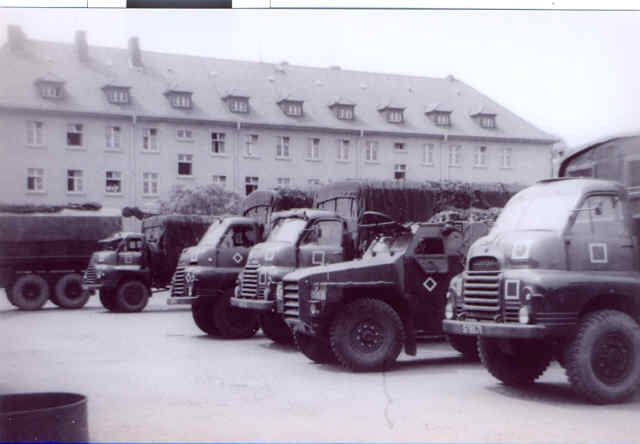
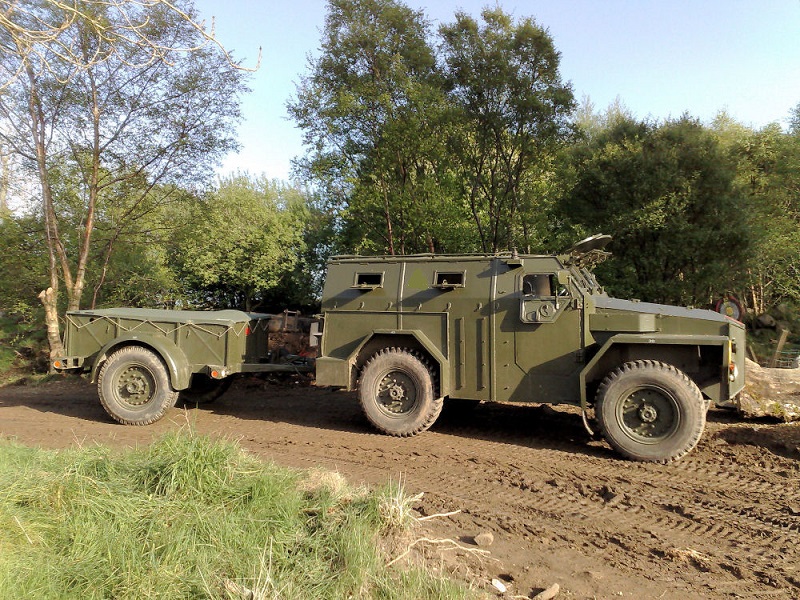
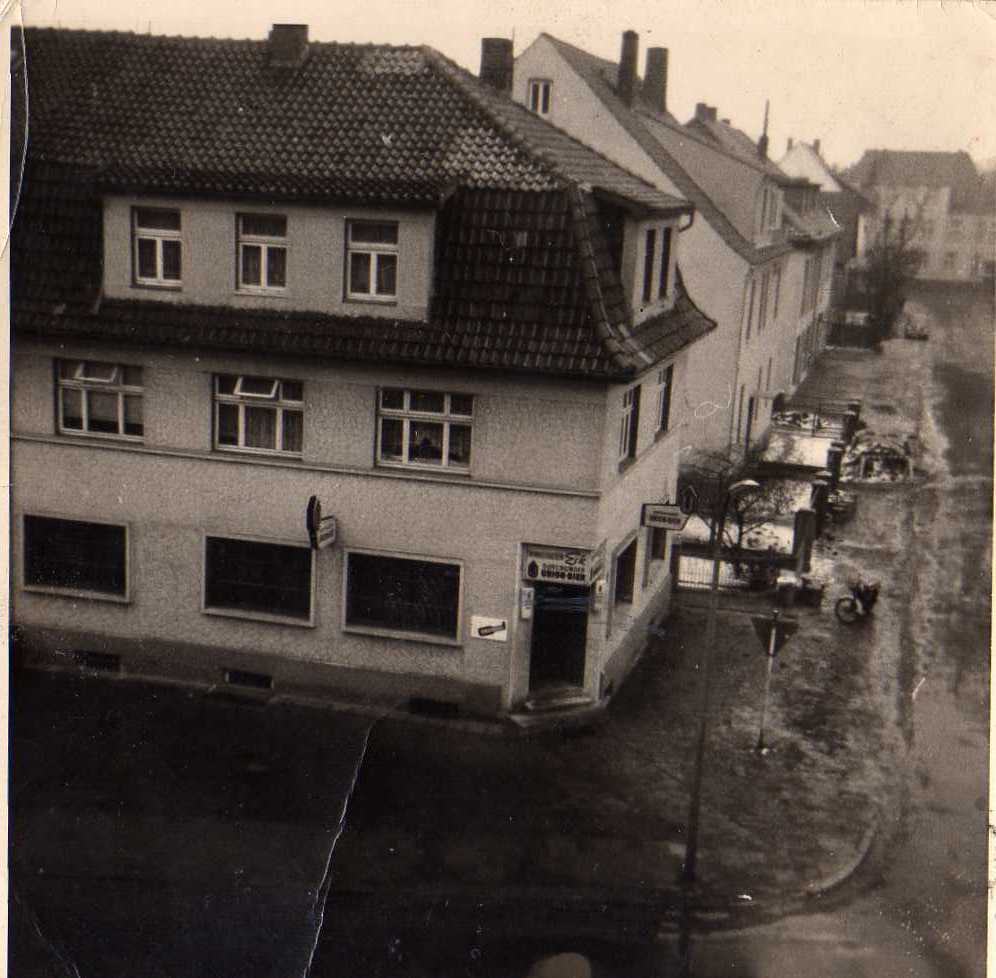
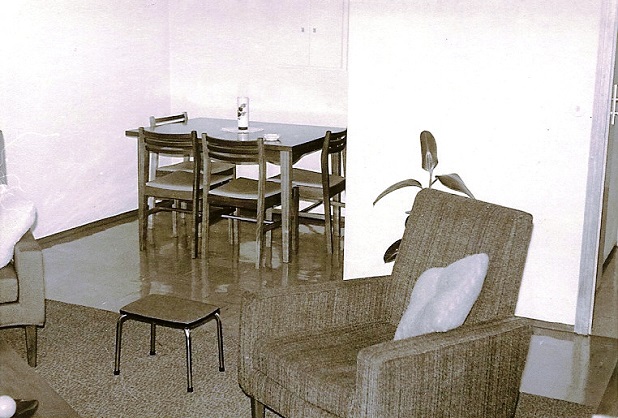
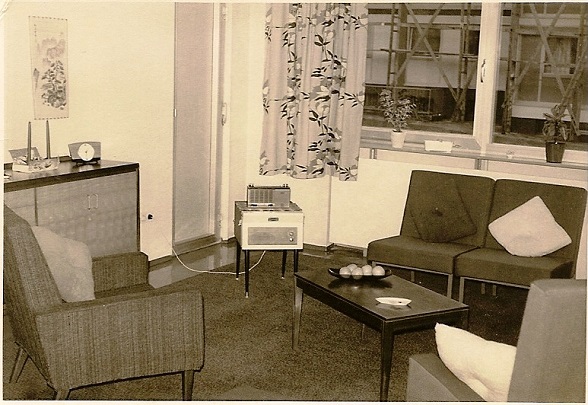
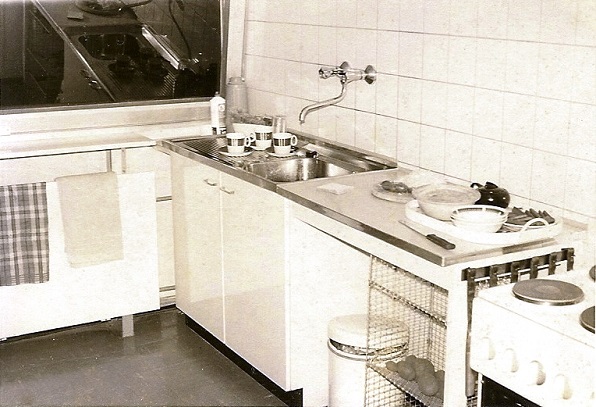


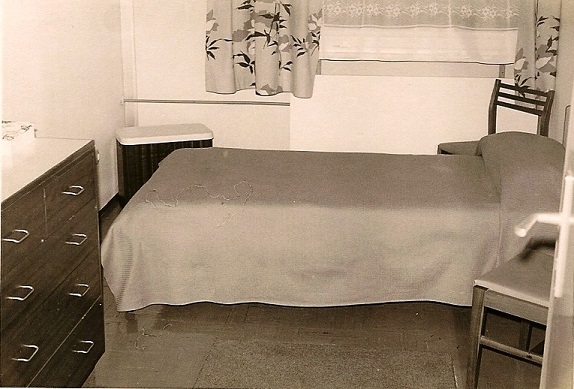
Below: Married quarters in Belm Powe Osnabruck.
Photos; courtesy Gordon Dadd
Photos; courtesy Gordon Dadd
Special forces in Osnabruck, 4th April 1945
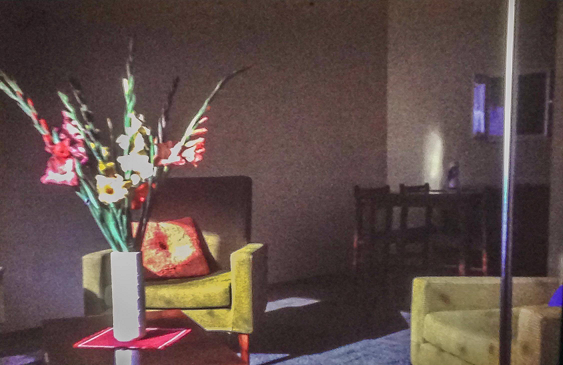
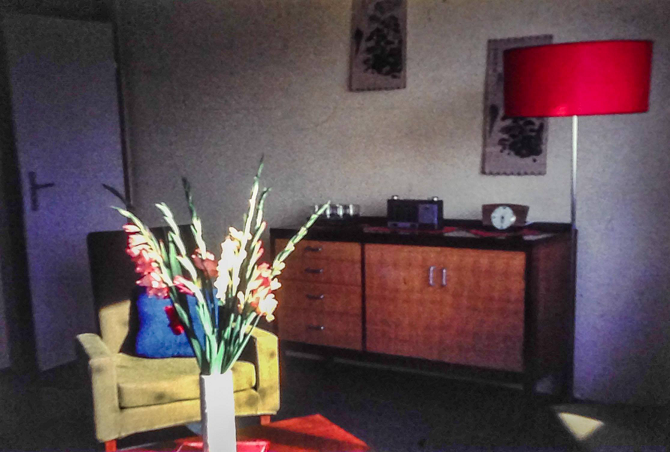
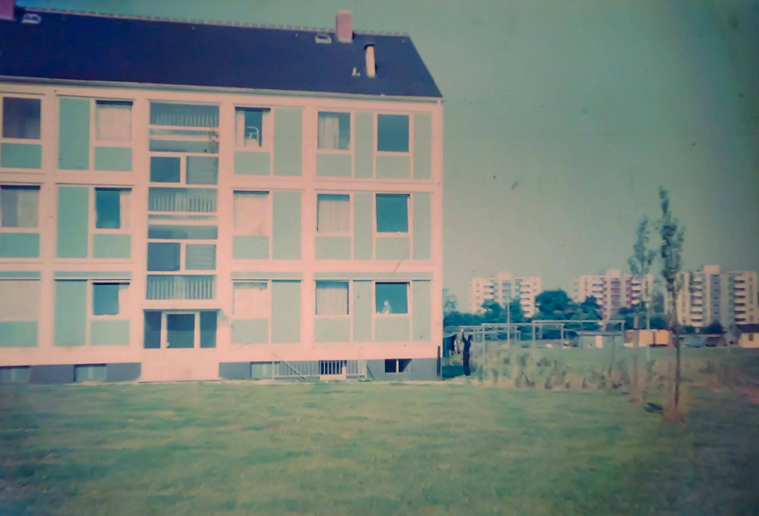
British army married quarters Belm Powe, Osnabruck 1965
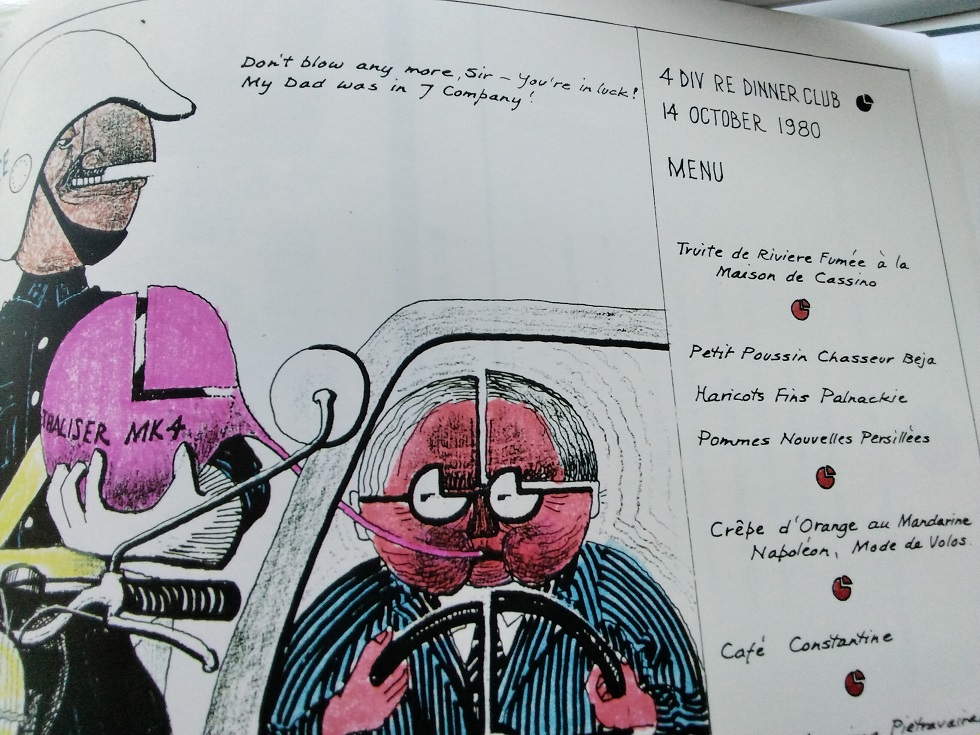
Above Credits; Elizabeth Oliver
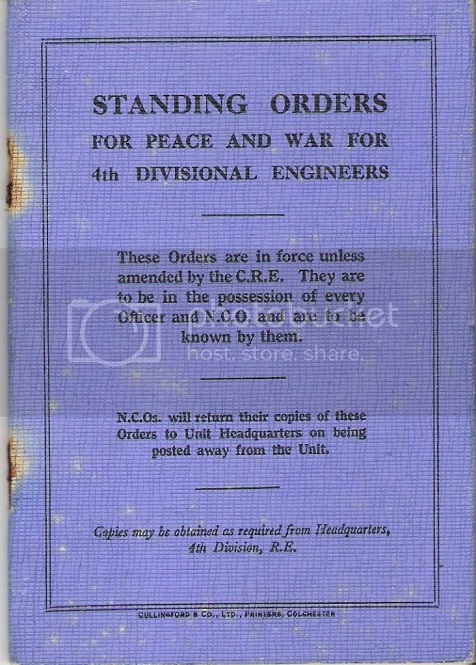
IWM Film: Bridging exercise Christchurch, Dorset 1918
